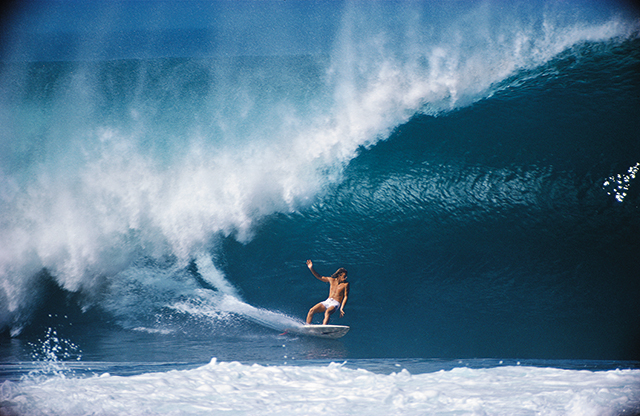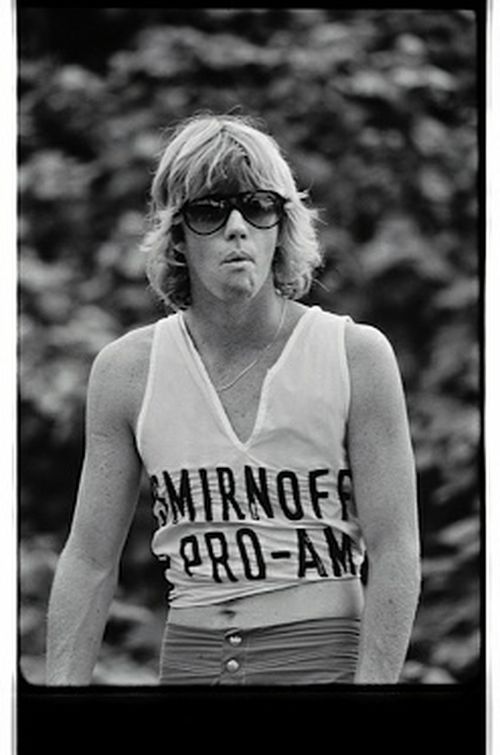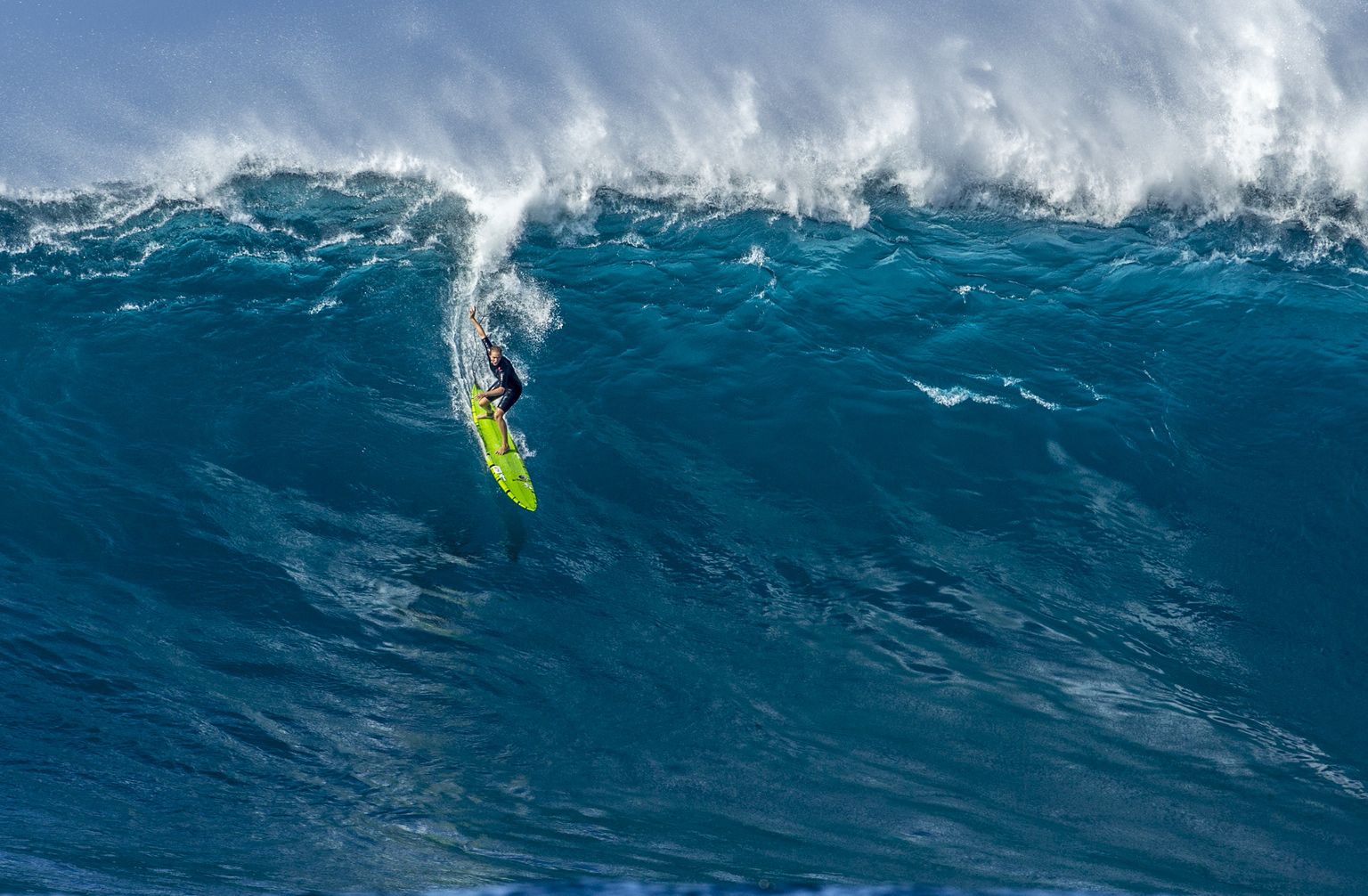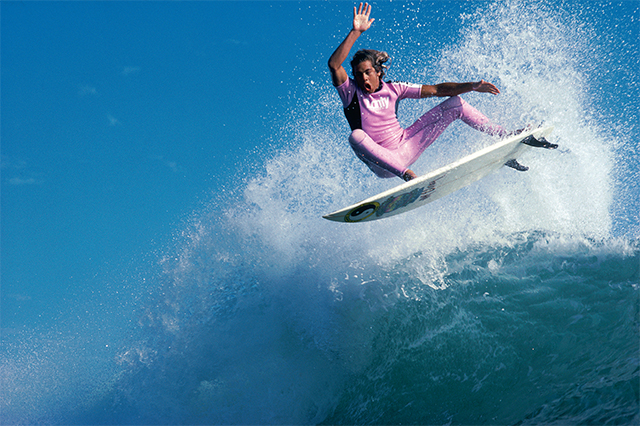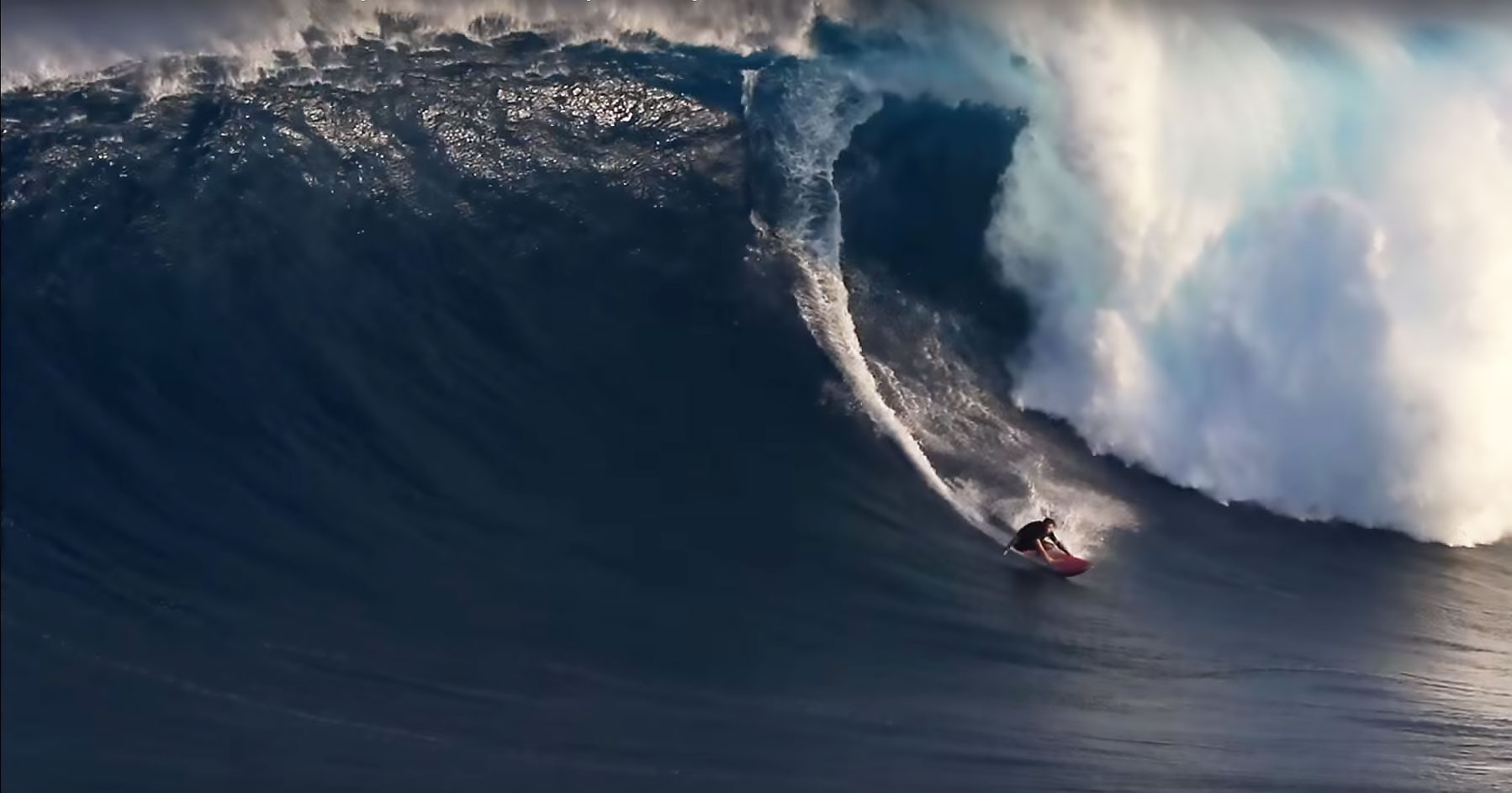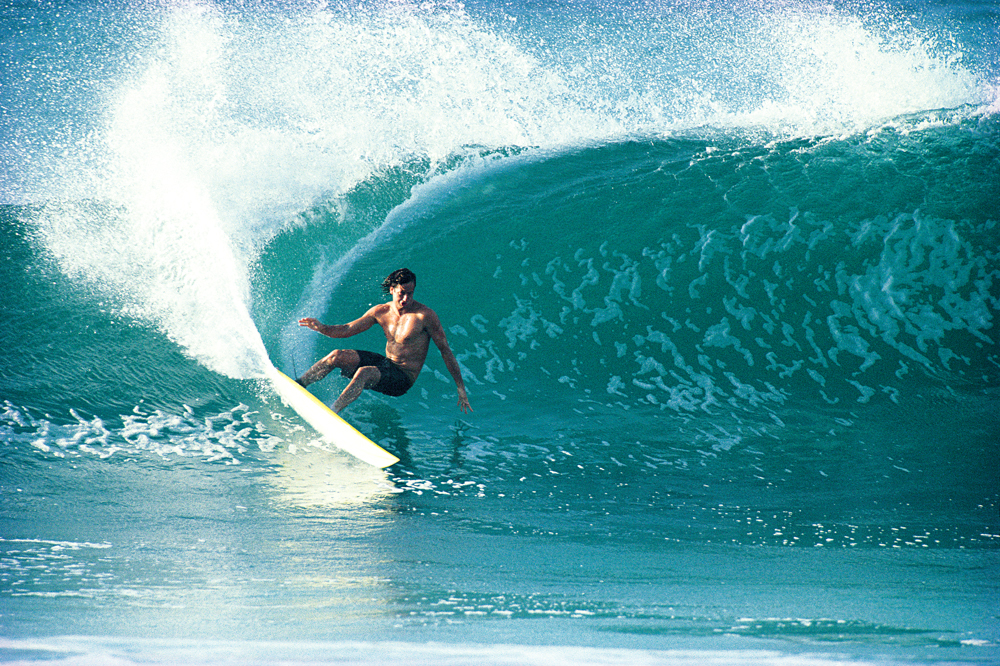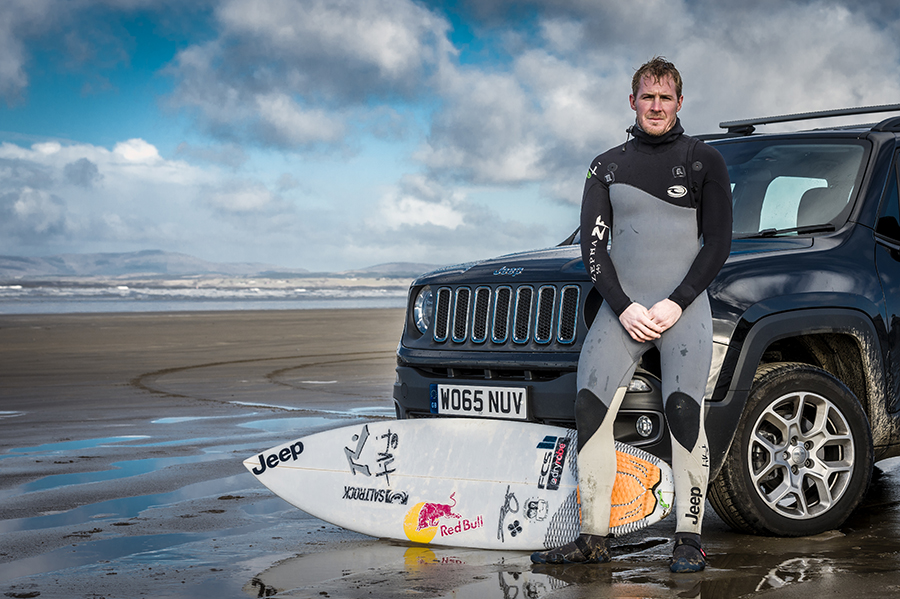We’ve teamed up with Jeep, who are celebrating their 75th anniversary this year, to shine a spotlight on some of the ultimate renegades from the world of action sports – past, present and future. Here Billy Wilson tells the story of Wayne “Rabbit” Bartholemew. This brash Australian, who combined undeniable skills with an in-your-face attitude, arguably did more than anyone to make surfing the professional sport it is today.
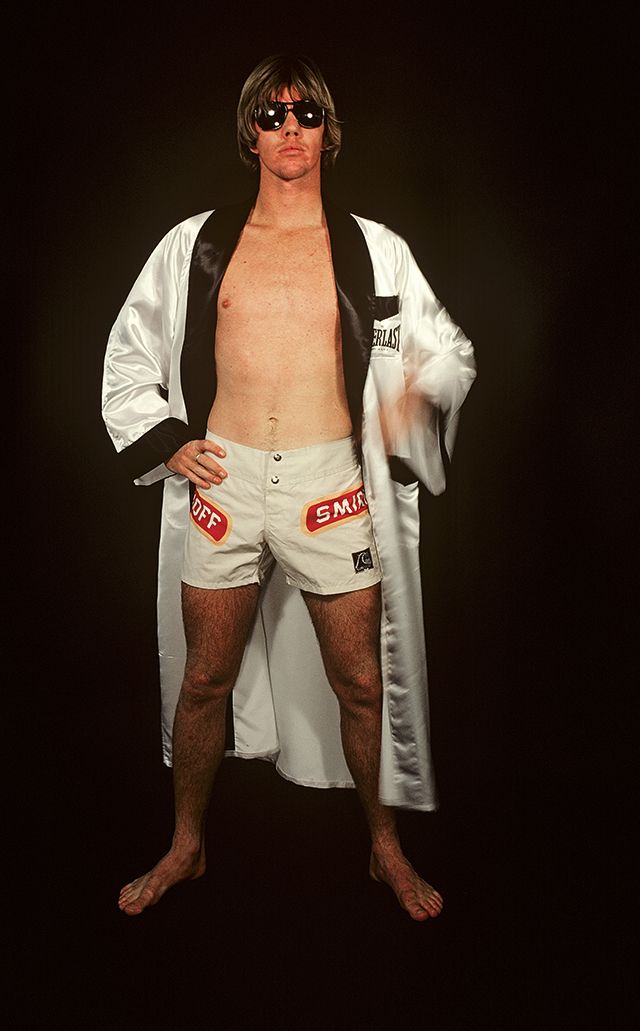
Is it possible to contemplate the image of Wayne “Rabbit” Bartholomew dressed in board shorts, aviators, and a silk Everlast boxing robe, without concluding that these are less interesting times for professional surfing? In its present incarnation, watered down and neatly packaged for a mainstream audience, pro surfing is perhaps just a little too professional: lacking in colour, lacking in theatre — lacking, essentially, in characters like Rabbit.
But then to say that surfing’s not as interesting as it once was is itself not very interesting, indeed the same could probably be said of most sports. It is also, in this context, ironic, because professionalism was precisely what Wayne Bartholomew tried so hard to introduce to surfing, and because today’s world tour bears his paw prints in almost all of its particulars. Rabbit’s generation, and Rabbit in particular, didn’t so much change the game as start playing a new one altogether.
He was surfing’s very own Muhammad Ali — less talented, perhaps, and not quite so adept at dodging punches, but with all of Ali’s famous front and audacity, and possessed of the same competitive drive and work ethic. Fly like a butterfly, sting like a bee, surf like a rabbit.
“Rabbit’s generation, and Rabbit in particular, didn’t so much change the game as start playing a new one altogether”

